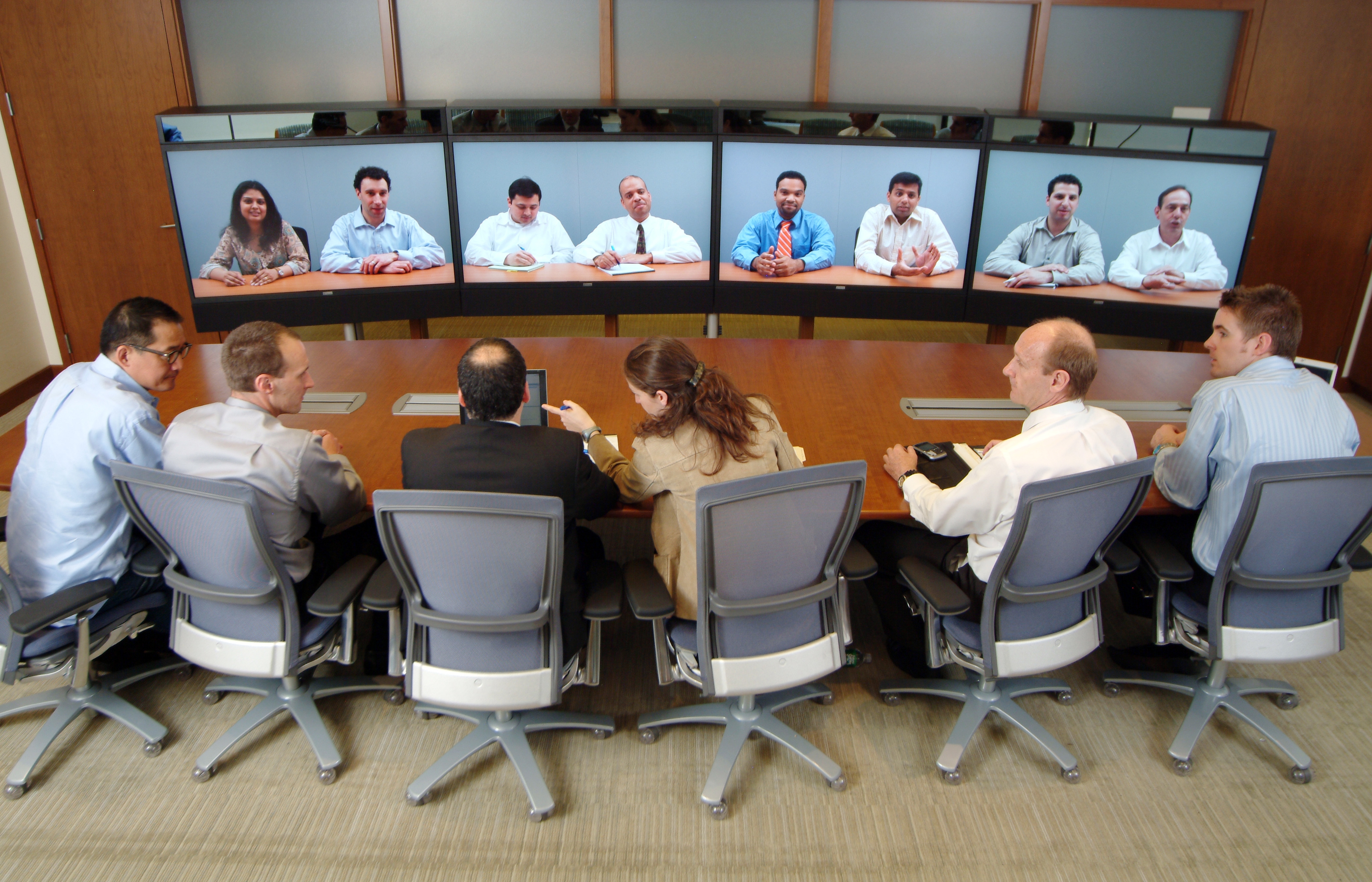Meetings are the lifeline of organizations. All decisions – big and small – are made in meetings, and each department in an organization relies on meetings to discuss plans, set targets, and to resolve disputes. With advancements in technology, the way business people collaborate and communicate have changed completely.
Today, virtual teams and business associates across all geographical borders can communicate without having to step out of their offices, thanks to video conferencing technology. However, it is important to understand that modern technology promises convenience, but often at the cost of efficiency. So, we must think whether all the hype surrounding video conferencing is justified or not? Does it really bring people together and help save on costs and time? May be not. Let us discuss how organisations across the world are trying to use video conferencing to make communication and collaboration better, and how it might be doing just the opposite.
Why companies choose video conferencing
Most organisations use video conferencing because
- It allows people from different geographic locations to communicate without anyone having to travel
- Video conferencing can be organized to facilitate meetings on any device, like laptops, smartphones and even large screen projectors in a conference room.
- They facilitate better communication than telephones for important decision that require quick, face-to-face discussions.
However, in spite of these positives, video conferencing poses some serious challenges too. Some of these challenges are serious enough to render meetings ineffective and unproductive. Here is how video conferencing can make meetings unproductive:
- User experience
Every year, video vendors introduce “new and improved” versions of video conferencing technology, in a bid to provide a better user experience for their customers. However, despite these changes and improvements, users find that a number of glitches make video conferencing, on the whole, ineffective. The main issues and concerns that users face are
- Inter-operability: Most video conferencing solutions fail when it comes to operability across difference hardware systems and virtual bridges.
- Training gaps – In an organisation, not everyone is technology savvy. Users are required to get accustomed to new and changing video conferencing technology, and they often need regular assistance from the IT department. At times, the IT departments cannot accommodate all requests for assistance, once again causing delay and reducing cost effectiveness.
- Quality issues
Even with the most popular video conferencing solutions, users often face quality concerns rendering video conferencing ineffective. Quality issues such as call drops, call fails, incorrect configurations, inability to make products compatible to existing firewalls, poor call quality, jittery video, latency, packet loss and low resolution may make the meeting unproductive.
- Device and infrastructure issues
It takes a lot of time and resources to track infrastructure issues efficiently and to troubleshoot these issues on an organization-wide basis becomes virtually impossible. These technical snags at hardware and infrastructure level make meetings either impossible, or grossly unproductive. By the time a company pulls out reports on effective usage and adoption of the current software, it is time to change the product.
- Stability
Technology is not always stable. Hardware, software and wireless connections are prone to breakdowns, especially in case of video conferencing. For example, if a call or video gets disconnected, it interrupts the flow of the meeting, rendering meeting ineffective. These issues are often faced when using inexpensive or free video conferencing packages.
- Human interaction
Unlike face- to- face meetings, video conferencing relies on proper functioning of the hardware and the software. Low resolution, poor video quality, incoherent video and sound, incorrect positioning of the webcam, and bad light are some of the issues that limit human interaction making meetings unproductive. Inability to make eye contact due to limitations in webcam positioning hinder effective communication. Research shows that even video conference job interviews are bad for both companies and candidates.
This shows that video conferencing does not really live up to its promise of enabling better communication and collaboration virtually. Another main argument in favour of video conferencing is that it is cost effective, however, there are two key issues that challenge this argument. First, that it is often extremely difficult for IT teams to prove ROI of this technology, and second that does not produce a substantial ROI unless it is used widely across the organization.
In short, no form of virtual meetings can beat face-to-face interactions in terms of efficiency and effectiveness.


